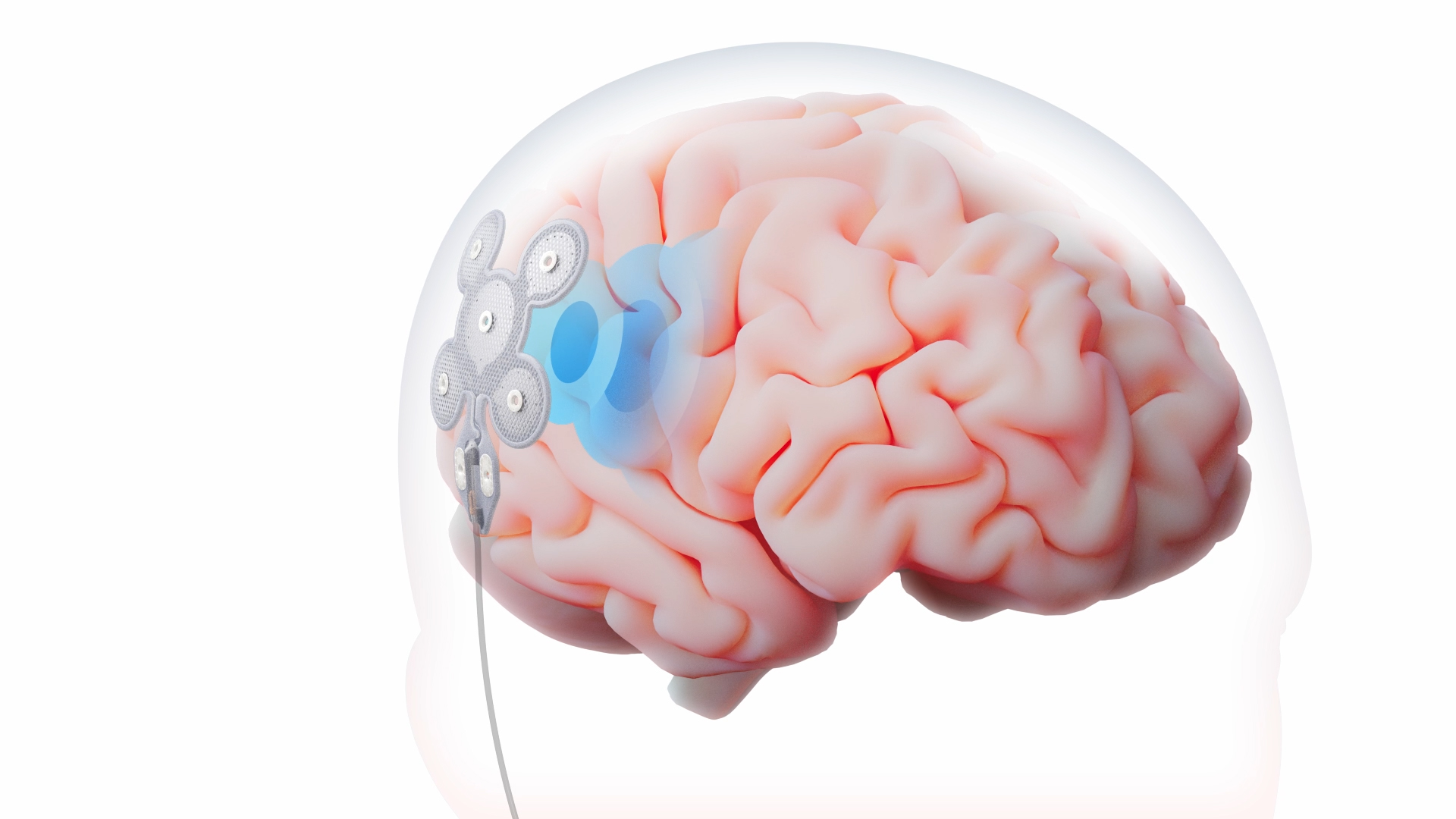The First Patient Receives Life-Changing Epilepsy Implant To Reduce Seizures

The first patient in the UK has undergone pioneering surgery at Newcastle Hospitals to have a new implant fitted, which aims to disrupt the body’s electrical signals to reduce epilepsy seizures.
The ground-breaking procedure, which is potentially life-changing for some people living with certain forms of epilepsy, was performed by neurosurgeon Mr Chris Cowie at Royal Victoria Infirmary at Newcastle Hospitals.
Epilepsy can be Caused by Changes in Electrical Signals on the Surface of the Brain
This can cause seizures which can happen multiple times a day and are debilitating and frightening for those experiencing them.
There are estimated to be around 630,000 people living with epilepsy in the UK, according to Epilepsy Action, and around 450 people each year require surgery to remove the part of the brain causing the seizures, which brings its own risks.
Now, a new device called EASEE® which stands for Epicranial Application of Stimulation Electrodes for Epilepsy, from med-tech company Precisis – uses individual brain stimulation to act as a pacemaker for the brain.
“We are really pleased to be able to offer this new pioneering treatment to the first patient in the UK,” said Mr Cowie. “It’s potentially life changing for this particular group of patients who are living with epilepsy which affects their quality of life enormously.”
The implant uses a combination of direct-current-like (DLS) stimulation which aims to reduce overactivity in neuron stimulation in the brain over time, reducing the occurrence of seizures.
And high-frequency stimulation (HFS) which is high frequent pulses aiming to interrupt upcoming seizures.
The device can be used on people with focal epilepsy – which means in one part of the brain – when they are not responding to medication.
“However, for us at Newcastle Hospitals it’s most useful where the focus in this group of patients is where the epilepsy is in a part of brain which would be risky to try and remove,” explains Mr Cowie.
“For example, the cortex which controls movement in the arm, leg or face; or the production or understanding of speech – in some cases we would have performed the surgery, or we might have said ‘it’s too risky we can’t do anything for your epilepsy’.
“Now we can fit this implant in less than an hour, which is potentially life-changing for patients with certain types of epilepsy and has shown to reduce the severity and incidence of seizures in patients in Europe.”
How it works
- The implant sends electrical pulses to the epileptic area of activity in the brain at short intervals.
- It doesn’t physically touch the brain.
- It’s invisible because it’s beneath the skin.
- Pulses are individually adjustable for each person.
During surgery, the implant is positioned on top of the skull so that the mid-point lies over the part of the brain containing the epilepsy activity.
A wire runs under the skin down to the neck and the chest, where a small battery is inserted. This battery sends signals up to the implant on the surface of the skull, creating electrical signals that influence the area in the brain that is causing the epilepsy.
“The hope is that by interfering with that area it stops the epilepsy seizures from occurring. We wait around three to four weeks after we implant to turn the device on, and its effects may start to be seen after just a few months,” said Mr Cowie.
“These types of implants that take advantage of technological advances in neuromodulation are likely to be the future for many diseases; epilepsy, as in this patient’s case, but also others such as chronic pain and movement disorders like Parkinson’s disease, as we’ve also recently seen in our department.”
He added: “There’s a lot of investment going into this field; as the technology develops, it’s becoming more effective, and the future looks really good for patients.”
Karl Stoklosa, CEO at Precisis, said, “We are delighted to have partnered with Newcastle Hospitals to bring the first EASEE implant to a patient in the UK. Over one in 100 people live with epilepsy in the UK, which is often a lifelong debilitating condition. Today is a very important step for people to have a wider option of treatment on the NHS, which gives hope to people who are non-responsive to medication.”

